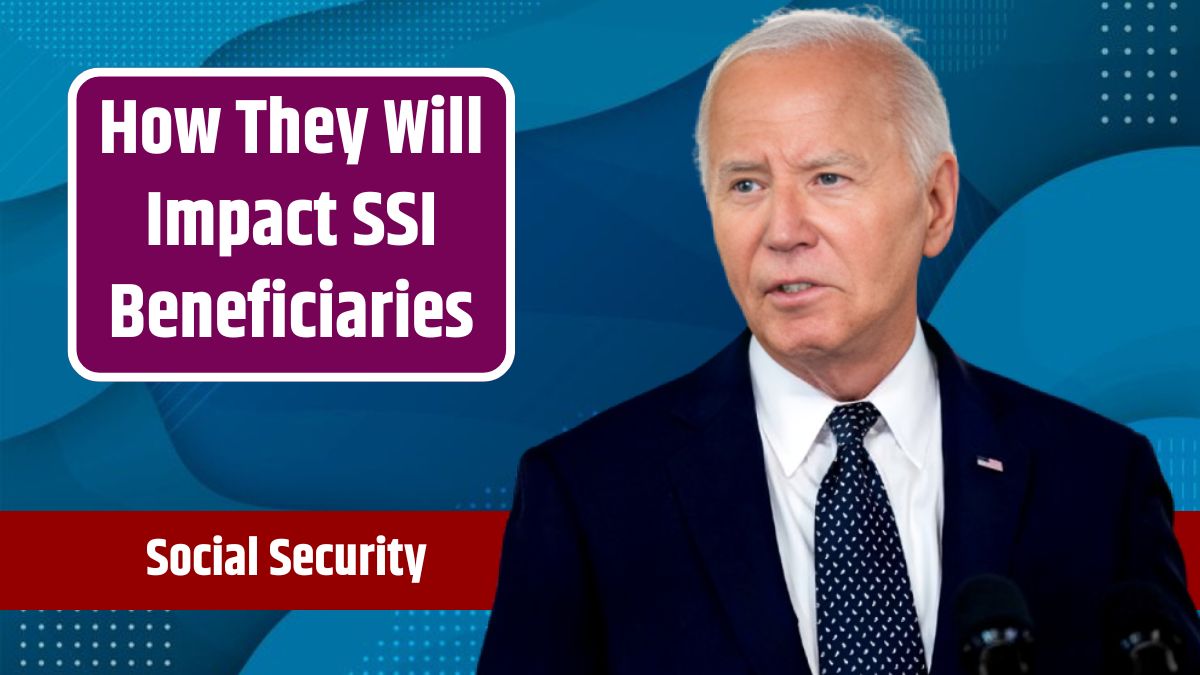The Social Security Administration (SSA) has made recent updates to its policies, aiming to simplify access to Supplemental Security Income (SSI) benefits. These changes are geared toward helping low-income individuals obtain financial support more easily while expanding eligibility for more people.
Two key updates include the removal of food from in-kind support and maintenance (ISM) calculations and the expansion of the rental subsidy policy nationwide. Let’s break down these updates and how they could positively affect SSI recipients.
Food Calculation
One of the most significant updates involves the way food is treated in ISM calculations. Previously, if an SSI recipient received food from family or friends, the SSA considered this as unearned income. This meant that receiving food from informal sources could reduce the amount of SSI payments, making it harder for those in need to get full benefits.
Now, with the new policy, food assistance provided by family, friends, or community members is no longer counted as income. This change simplifies the calculation of SSI payments and allows beneficiaries to keep more of their monthly payments. This shift brings more consistency and stability to monthly SSI payments, ensuring recipients have a clearer knowing of their benefits and experience fewer unexpected reductions.
Rental Subsidy
Another critical update is the expansion of the rental subsidy policy, now available nationwide. Previously, this policy only applied to seven states, limiting the benefits to residents in those regions. As of October 1st, the new policy applies across the U.S., offering SSI recipients in all states the same advantages.
Under this policy, SSI recipients who live in subsidized housing or receive rental discounts will now face fewer penalties. For example, if someone rents an apartment with a market value of $800 but only pays $600 due to a subsidy, the $200 difference was previously considered income and deducted from their SSI payments. With the updated rules, this subsidy will have a reduced impact on their monthly benefits, allowing recipients to retain more of their SSI income.
This change is a significant boost for individuals relying on subsidized housing, as it ensures they can maintain a higher SSI payment without being penalized for rental discounts or subsidies.
Broader Household
The SSA has also broadened the definition of households receiving public assistance. Previously, for a household to qualify as receiving public assistance, every member had to be receiving aid. This made it difficult for some households to qualify for certain benefits.
With the updated policy, households where only some members receive public assistance, such as SNAP (Supplemental Nutrition Assistance Program) benefits, now qualify as receiving public aid.
This change allows more individuals in shared living situations to access SSI benefits and reduces the reporting burden for households with mixed assistance statuses. The result is an easier application process and fewer hurdles for individuals living in such households.
Impact
These updates mark a significant step in improving the accessibility of SSI benefits. By removing food from ISM calculations, expanding rental subsidy policies nationwide, and broadening the household definition for public assistance, the SSA is making it easier for people to get the help they need.
Recipients will likely see an increase in their monthly SSI payments and experience fewer complications during the application process. The SSA hopes these changes will alleviate some of the financial pressure on low-income individuals while simplifying the rules for both beneficiaries and SSA staff.
Social Security Commissioner Martin O’Malley emphasized that these reforms are designed to improve the system for everyone involved. With clearer rules and streamlined processes, more people can access the financial support they need without unnecessary stress.
FAQs
What does the food calculation change mean for SSI recipients?
The SSA no longer counts food assistance as income, so SSI payments won’t be reduced.
How does the rental subsidy policy update help recipients?
Recipients in subsidized housing will face fewer reductions in SSI payments.
Does the household assistance rule affect eligibility?
Yes, it broadens SSI access to households where only some members receive public aid.
When did these changes take effect?
The new policies were implemented on October 1st of this year.
Will SSI payments increase because of these changes?
Yes, many recipients will see higher monthly payments due to these simplified rules.






